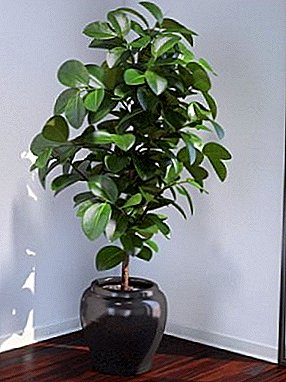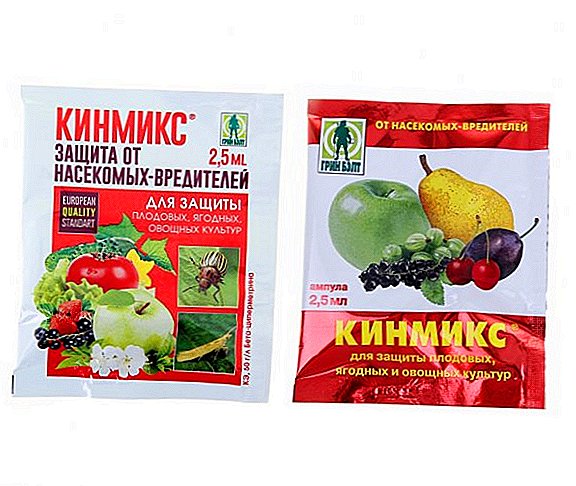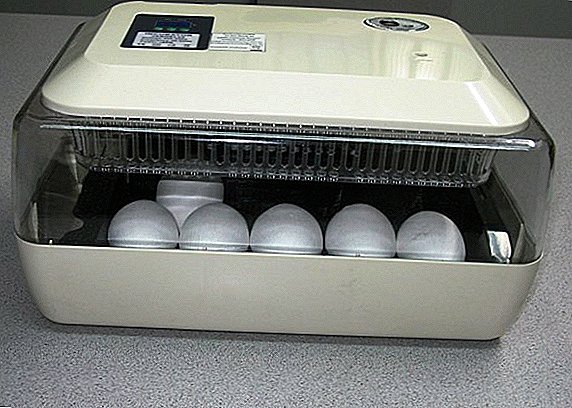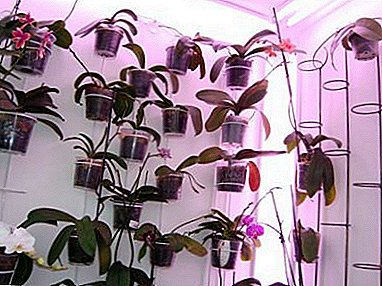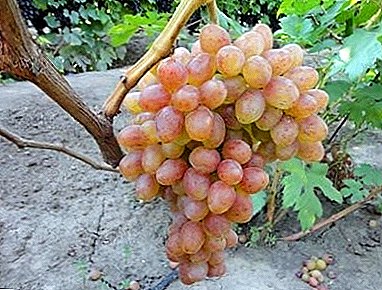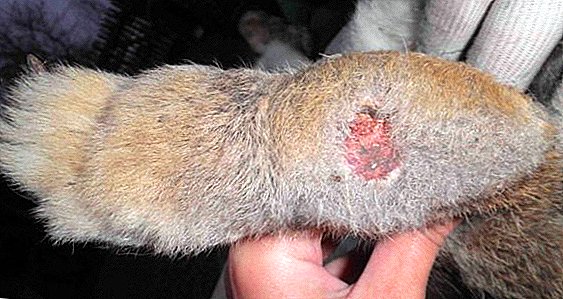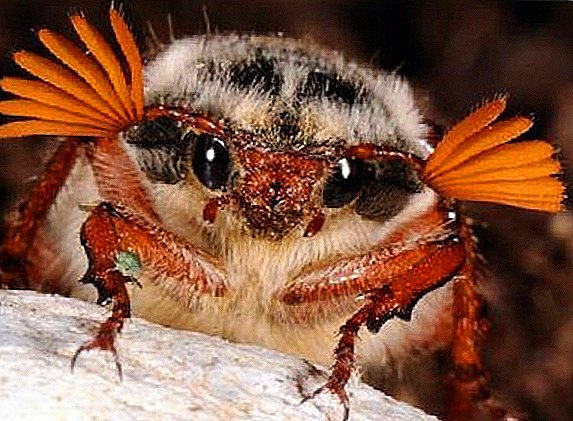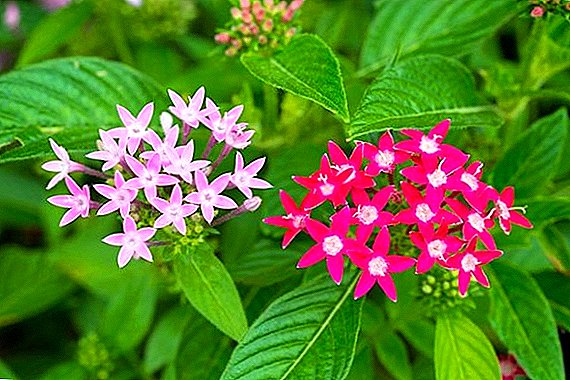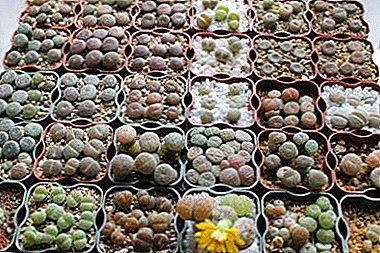
Among modern gardeners, Lithops are especially popular - succulents from the family of Aizovs. In the people they received the name "live stones". For residents of European countries, these plants are rare. The cost of one copy is quite high.
This naughty flower can not withstand transportation and suddenly die in the hands of the newly-made owner. The best option is to grow Lithops from seeds, and this is the only way to reproduce these succulents. This will be discussed in our article. You can also watch a useful video on this topic.
How to grow "live stones" at home?
Sprouting home lithops from seeds is a fascinating, but time-consuming process., very different from breeding deciduous crops. It is not difficult to achieve the first shoots, but it will be difficult for a beginner to keep at least half of the seedlings.
Seeds need sustainable greenhouse conditions. Precipitation and night temperature drops will kill young shoots. It is necessary to give preference to home conditions, refusing to grow Lithops from seeds in open ground.
Important: The Lithops homeland is the arid deserts of Botswana and Namibia, where succulents grow in poor and dry soil. These plants do not see precipitation for months, carefully saving moisture in their fleshy leaves. The main reason for the death of the Lithops is the bay, which can cause rot in a few hours.
The most suitable time for planting Lithops is early spring.. In the presence of lower heating and artificial lighting, you can sow at any time. At the first stages of germination, special attention should be paid to the temperature of the soil. It should vary between + 27 + 30 degrees. Cooler conditions will lead to rotting of the seeds and the formation of mold, an excessively high temperature will “weld” them.
Sowing stages
 Before you sow the plant, you should decide on the scale of the seedlings. The plant is very capricious at an early age, and even experienced collectors lose up to a third of seedlings. For the first samples, it is advisable to choose common non-hybrid varieties that grow better, are less demanding of conditions and also look spectacular.
Before you sow the plant, you should decide on the scale of the seedlings. The plant is very capricious at an early age, and even experienced collectors lose up to a third of seedlings. For the first samples, it is advisable to choose common non-hybrid varieties that grow better, are less demanding of conditions and also look spectacular.
In nature, Lithops grow in dense groups and do not like loneliness.. The division of one specimen occurs in adulthood; therefore, it is better to sow them together and as close as possible to each other.
Because of its uniqueness, Lithops seeds cannot be purchased at a regular flower shop. The highest quality planting material can be bought from the hands of private breeders and collectors. Such seeds have the best germination and are adapted to the conditions of a standard apartment.
There are few conscientious lithopsweepers, but, thanks to their popularity in narrow circles, information on the purchase of seeds can be easily found on specialized Internet resources. These seeds of Lithops are pulverized, difficult to see., which increases the risk of running into a fake.
In no case should you buy Lithops seeds in dubious online stores. Externally, the seeds are little remarkable, and the buyer runs the risk of running into an ordinary weed at a fabulous price.
A number of items will be required for planting
- plastic tank for planting;
- drainage;
- coarse sand;
- gravel with a fine fraction;
- turf ground or a mixture for cacti;
- polyethylene.
The container into which the seeds will be sown must be provided with drainage holes.. Because of the microscopic size, the seeds are not pre-soaked. The pledge of healthy seedlings - sterile soil. Before planting a succulent, the soil should be calcined in an oven or shed with a weak solution of potassium permanganate. After preparations, you can safely proceed to landing.
- Drainage a couple centimeters high is poured at the bottom of the bowl. It is necessary to refuse moisture-intensive expanded clay. For these purposes, perfect broken shards.
- The soil for planting is mixed from sand and small gravel in equal proportions. They add a little land for cacti. A small handful of the finished mixture should be squeezed in your hand. Suitable land will not stick together and free fall back.
- The resulting soil is spilled with warm settled water.
- Lithops seeds are very small. To facilitate sowing, it is recommended to take a small white sheet of paper and pour them on the fold, with the same send it to the soil.
- In no case can the seeds be buried in the ground, they can be sprinkled on top with a very thin layer of sand.
- The teplichka is covered with polyethylene or food wrap. Small air vents are pre-made in it.
- Seed dish is sent to a warm place.
Board: A central heating battery is perfect as a source of underheating. If it is absent or is not heated in an apartment, you can resort to using a towel or shoe dryer. Also for these purposes suitable heating mat for reptiles. It has a temperature control system and is sold in pet stores.
The improvised greenhouse must always be heated.. The soil should be moistened as the top layer dries out and exclusively from a small puller. In the morning and in the evening the greenhouse is airing for 15-30 minutes.
 The first shoots appear after 3-4 days. They look like little green balls. After the germination of the vast majority of seeds, the pot with seedlings can be removed from the heating and put on the backlight without removing the cellophane film.
The first shoots appear after 3-4 days. They look like little green balls. After the germination of the vast majority of seeds, the pot with seedlings can be removed from the heating and put on the backlight without removing the cellophane film.
Even on the southern, sunlit windows, kids need additional lighting at least 14-16 hours a day. For these purposes, LED white light lamps with a cold light of 6500 K are perfect.
Young plants require protection from direct sunlight. Lithops should be gradually accustomed to bright sunlight., in order to avoid burns and further death.
We recommend watching the video about growing Lithops from seeds:
Care for young lithops
The first months of the Lithops life are especially difficult for both the plants themselves and their owner. It is important to adjust the irrigation system. The appearance of mold or green algae in the greenhouse, as well as the complete drying of the soil.
By three months, Lithops get stronger and increase in size, therefore, they reserve more nutrients and moisture. At this stage, you can gradually increase the intervals between irrigations.
At the age of six months, Lithops first molt: two old leaves dry out, and two new ones appear from them. It was after the first molt each plant acquires a characteristic color and varietal characteristics. At this time, watering is stopped. After the update, the succulents can be smashed into separate pots.
For proper formation and flowering, any succulent needs a cold and dry wintering. In the period from November to February, the plant stops watering and lowers the temperature to +18 +15 degrees, but this method is suitable only for relatively adult specimens.
In the first year of life, Lithops actively develop.. They do not retire and require a warm and sunny content in the autumn-winter period. All the details of caring for lithops at home can be found in this article.
Why did not appear shoots?
With strict observance of all the rules of sowing, the florist can still suffer failure. There can be several reasons:
- Poor quality or old seeds.
- Bad ground. Land for planting Lithops should be loose and aerobic.
- The prevalence of peat in the soil. Peat is contraindicated to succulents, especially in large quantities, because it has the ability to trap and stagnant moisture. For the same reason, it is worth noting the use of vermiculite, expanded clay and coconut substrate.
- Low temperature and abundant watering will surely provoke seed rotting.
- Contaminated soil. Even the most expensive and high-quality soil must be decontaminated before planting.
Lithops seeds have good germination. The deadline for waiting seedlings - a month.
Growing difficulties
Seedlings pulled out
 A few days later, the first shoots grow a small dense "leg". In some cases, it is drawn out and more like a thin stem, because of which the plant falls and loses its attractiveness.
A few days later, the first shoots grow a small dense "leg". In some cases, it is drawn out and more like a thin stem, because of which the plant falls and loses its attractiveness.
This phenomenon occurs only when there is a lack of light. For any plant there is nothing better than sunlight., but their absence can be compensated by artificial lighting.
If it is present, and the seedlings still drag, you should lower the lamp closer to the greenhouse, or think about purchasing a more powerful source of lighting.
Green patina on the surface of the earth
With increased humidity inside the seed bowl, the ground may be covered with a thin layer of green algae. For many other plants, such cohabitation is only for the better - algae trap moisture, preventing the soil from drying out.
Rot
Even adult specimens are prone to rapid death from rotting.. It is better not to add these plants than to overflow, since they are not afraid of drought. However, when dealing with seedlings, it is necessary to maintain a competent moisture balance, because the seedlings are also easy to dry.
Impaired care
Only by observing the temperature regime, proper irrigation and lighting, of these three main factors, can healthy and high-quality plants be grown. Failure to comply with at least one item would entail the death of all babies.
Conclusion
Growing Lithops from seeds, though not the easiest process, but fascinating. You should not be afraid of failures, because with experience you will surely develop your own cultivation system, which will allow you to get a lot of strong, healthy and high-quality plants.


